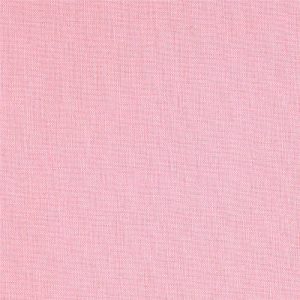Silk fabric
1. Suction and release of moisture. At normal temperature, it can help the skin maintain a certain amount of moisture, not make the skin too dry, summer clothes, sweat and inhibit the rapid release of heat in the body, making people feel very cool.
2. Heat and dustproof. Because the silk has moisture absorption, moisture release performance and moisture resistance, suction resistance and porosity, the temperature can be adjusted, and harmful gases, dust, and microorganisms can also be sucked away. In addition, he is also a relatively heat resistant fiber.
3. Anti-UV. The tryptophan in silk protein, tyrosine can absorb ultraviolet rays, and the silk has good anti-ultraviolet rays. Ultraviolet radiation is very harmful to human skin. Of course, when silk absorbs ultraviolet light, it undergoes chemical changes, so the silk tends to turn yellow under the illumination of the sun.
Chiffon fabric
1. The texture is light and transparent, and the hand feels soft and elastic.
2. The appearance is light and elegant, with good breathability and drape.
3. Good wear resistance, not easy to pilling, stable size, not easy to wrinkle.
4. Adopt environmentally friendly dyeing and anti-static.
Linen fabric
1. Good hygroscopicity. Linen fabric is made of linen fiber as the main raw material. Therefore, linen fabric and linen fiber have similar characteristics, that is, linen fabric has very good moisture permeability and moisture absorption. Scientific experiments have shown that linen fabric can absorb more than 20 times its own weight of water.
2. Anti-allergic properties. The weaving material of linen fabric is flax fiber, which is extracted from the flax by the degumming process. It belongs to pure natural raw materials and does not contain any harmful substances.
3. Anti-static. Linen fabrics are not suitable for other fabrics in terms of anti-static and antibacterial properties, and linen fabrics are light and thin and cool.
Cotton fabrics
1. Hygroscopicity: Cotton fiber has good hygroscopicity. Under normal conditions, the fiber can absorb water into the surrounding atmosphere. Its moisture content is 8-10%, so it contacts human skin and makes people feel soft. Not stiff. If the humidity of the cotton cloth increases and the ambient temperature is high, the water content in the fiber will all evaporate and disperse, so that the fabric maintains a water balance state, which makes people feel comfortable.
2. Moisturizing property: Since cotton fiber is a poor conductor of heat and electricity, the heat transfer coefficient is extremely low, and because the cotton fiber itself has porosity and high elasticity, a large amount of air can be accumulated between the fibers, and the air is poor in heat and electricity. Conductors, therefore, cotton fiber textiles have good moisture retention, wearing cotton fabric clothing makes people feel warm.
3. Heat resistance: The cotton fabric has good heat resistance. When it is below 110 °C, it will only cause the water on the fabric to evaporate without damaging the fiber. Therefore, the cotton fabric is worn at room temperature, washing and dying, etc. No effect, thereby improving the washability and durability of the cotton fabric.
4. Alkali resistance: cotton fiber has greater resistance to alkali. Cotton fiber does not break in alkali solution. This property is good for washing after washing, disinfecting impurities, and also for cotton. Textiles are dyed, printed and processed to produce more new varieties of cotton.
5. Hygiene: Cotton fiber is a natural fiber, its main component is cellulose, and a small amount of waxy substance and nitrogen and pectin. Cotton fabrics are examined and practiced in many ways, and the fabric is in contact with the skin without any irritation.










